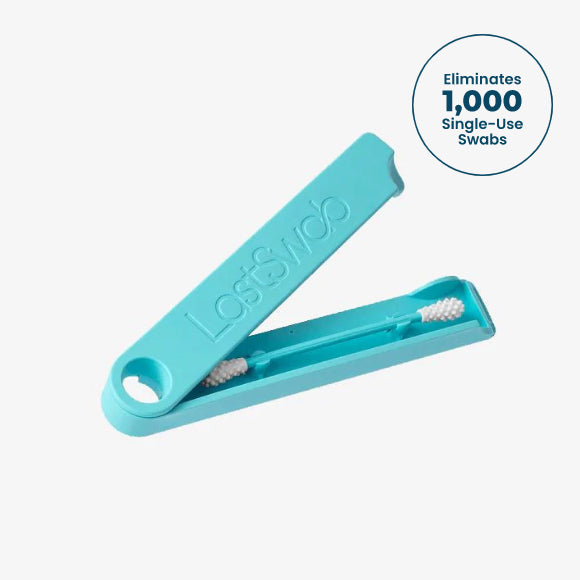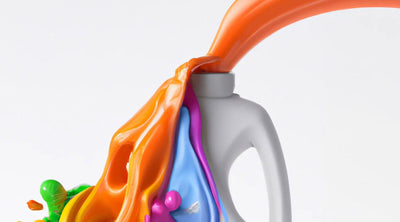Which is better, sustainably made or high quality?
10 Juni, 2020As more and more businesses push to stay relevant, “sustainably made” and “eco-friendly” are becoming more and more prevalent. So much so that many will pay extra if they know something is sustainably made, or spend more time searching out a more eco friendly option.
As we push for new standards, those standards oftentimes go undefined if we aren’t careful. Meaning, if we only have the goal of using the most sustainable materials, other important aspects of a product or business will go unacknowledged.
There are numerous other aspects a business must consider for its products, a couple examples being quality and longevity. When we think of a “quality made product”, for some reason it doesn’t have the same green-ness ring of a “sustainably made product.”

Even with this being the case, there is still a sustainability aspect rooted in the simple fact that higher quality products last longer and don’t end up in landfills as often. The footprint required to make said product is also spread out over a longer period of time. This occurs even without the consideration of environmental impact.
Thus leaving us with the conundrum: do we choose high quality made products or do we focus more on eco friendly and sustainable materials?
Sustainably made

Sustainably made is a very broad statement usually meaning the environment was considered in some way. This could take the form of controlling waste and the pollution associated in manufacturing, sourcing materials with a smaller footprint, conserving resources in the process, etc.
For eco friendly materials this could look like choosing to use organic cotton, hemp instead of cotton, recycled materials, plant based materials, and so on.
The manufacturing process could use practices that save resources like water, energy, and material. It could also focus on limiting waste products and effluent or air pollution.
Quality

Much like sustainably made, high quality can have a wide variation of elements for it to be considered as such. And at the end of the day, it is all relative to its purpose. A high quality dress shirt built for the office will mean something totally different than a high quality rain jacket built for being in the elements most days out of the year.
An aspect of quality is longevity, meaning it will outlast its competitors of a lesser quality. This means less items in the landfill, and less of a “cost per wear” both in a money sense and in an environmental footprint sense. Because both the cost and the footprint of the product will be spread out over more uses.
Quality usually means more intentionality. Less in the way, and more as a product should be. This being the case, the product will be used more and will do the job it is intended to do.
Quality can mean durability and higher end materials. Whether it be the main materials or more minor ones like stitching and so forth.
What quality and sustainably made can be missing on their own

Something can be made well with longevity, usability, intentionality, and durability all in mind, while still failing when it comes to conserving resources, eliminating waste, and sourcing materials that are just as good but with a lesser footprint.
On the flip side, something could be made with every single aspect considering the environment. Resources could be massively conserved, waste prevented, and the most eco friendly materials could be used, all without being made in a very quality or intentional way. This makes the product not work as well for the intended use, it could lack longevity, and also durability.
So, which is better?

Two answers, and neither are very definitive...oops.
One is that the best option is usually a combination of the two. And a well made product uses both philosophies. You may notice this in our products at LastObject. LastSwab uses a plant based case yet the q tip itself is made from plastic and TPE. The reason being: this material works better for what we need it to do.
The second is it’s all relative to your needs and what works for you. Take this scenario for example: you have a choice between two jackets. Jackets usually come at a higher price so we ought to really consider them before buying one.

One jacket is made almost entirely from recycled plastic, the company takes the environment very seriously, and even donates a certain percentage to environmental causes. But it’s quality has pretty average feedback, and it doesn’t fit you very well.
The other jacket is dripping in intentionality. It is of very high quality and has feedback and reviews to match. The materials aren’t necessarily eco friendly but they are perfect for the job. It fits really well, and has guaranteed repairs for life. Not much information on sustainability though.
In this case, it really comes down to what works for you. If you don’t really need much durability and the fit is good enough, maybe go for the more eco option. Or even better, buy one used! It comes back to our intentionality around buying things.

If this jacket will be used a lot, you want to have it for a very long time, then maybe fit and quality really matter.
In the case of a better fit, more durability, and higher quality, this could actually be the more sustainable choice...for you. Who woulda thought?!
A well made product considers durability, longevity, and intentionality, all while reducing it’s footprint.
We should be cautious about only pursuing the most sustainable processes and materials, because we may realize that without intentionality centered around the product and people, they may end up less sustainable in the end.
MORE Sustainability 101 ARTICLES View all ›
Ready to make
the switch?
- Powerful Cleaning
- Dissolves Easily
- Skin-Friendly
- Eco-Friendly
- No Mess














